This article was medically reviewed by Luba Lee, FNP-BC, MS. Luba Lee, FNP-BC is a Board-Certified Family Nurse Practitioner (FNP) and educator in Tennessee with over a decade of clinical experience. Luba has certifications in Pediatric Advanced Life Support (PALS), Emergency Medicine, Advanced Cardiac Life Support (ACLS), Team Building, and Critical Care Nursing. She received her Master of Science in Nursing (MSN) from the University of Tennessee in 2006.
There are 10 references cited in this article, which can be found at the bottom of the page.
This article has been viewed 89,062 times.
Elevating your hand can work wonders for your blood circulation, reduce swelling, and even minimize pain if you’re dealing with a broken arm or some other kind of injury. While it may be difficult to keep your hand elevated while you sleep, using pillows to prop your hand up may help. You can try several different sleeping positions – like sleeping on your side with your arm up by your ear, or sleeping on your back. You can also purchase an arm elevation pillow for extra support.
Steps
Positioning Your Body and Hand
-
1Sleep on your back or side. In order to elevate your hand while you’re sleeping, you’ll need to sleep on your back or on the side opposite of the arm that needs elevation. This is the easiest resting position for elevating your hand.[1]
- Sleeping on your stomach won’t allow you to elevate your hand as easily. It’s much harder to prop it up from behind if you’re lying flat on your stomach.
-
2Keep your hand above your heart. Elevating your hand means that you need to keep it at a level above your heart. This helps the blood circulation and can reduce swelling and bruising.[2]
- It doesn’t really matter how much higher your hand is above your heart, as long as it is positioned at least slightly above it.
Advertisement -
3Sleep on your side with your hand by your ear. Get in your bed and turn on your side – the opposite side of the hand you want to elevate. Bend your elbow and bring your hand up to rest near your face, close to your ear.[3]
- This position can help elevate your hand, even if only slightly.
- It may seem like a strange position to sleep in at first, but you should grow accustomed to it quickly.
- Try using a pillow to trap your arm in this position to keep it from falling if you move at night.
-
4Sleep on your back with your hand across your chest. Try sleeping on your back you’re your hand positioned near your shoulder, or with your arm all the way across your chest. This will elevate your hand while you sleep.[4]
- Try placing some pillows next to your arm that help keep your arm in place and your hand elevated while you sleep.
-
5Try the “Statue of Liberty” pose. Lie on your back in bed and lift your arm up you’re your head, so that it rests on the pillows above your head. You may want to sleep with two pillows propping your head up, so that the elevation is more distinct.[5]
- This can be a difficult pose to maintain while you are asleep and may cause pins and needles in your arm, but it is one of the most effective positions for reducing swelling.
Using Pillows as Props
-
1Prop your hand up with pillows next to you while side-sleeping. Lay on your side (the opposite side of the arm that needs to be elevated) and position several pillows on the bed next to you – kind of like you are going to hug the pillows. Place your hand palm down on top of the pillows and try to remain in this position while you sleep.[6]
- Make sure that you position the pillows in such a way that it won’t be easy for your hand to roll off or change positions while you are sleeping. Try to create a large enough elevated space for your hand to rest so that it will stay elevated even if you move around a bit.
-
2Elevate with pillows while sleeping on your back. You can lie in bed on your back and prop your hand up, with the palm facing down, on pillows next to you. This will elevate your hand above your heart.[7]
- Make sure that you position some pillows to keep your arm from moving if you toss and turn at night.
-
3Use an arm elevation pillow. This is a special kind of foam pillow designed specifically to help you elevate your hand/arm. Place your arm inside the hole facing upwards, with your elbow resting on the bottom support.[8]
- It may seem a bit awkward or uncomfortable at first, but this is quite effective at reducing swelling and keeping your arm elevated no matter how much you shift positions at night.
- This pillow requires you to sleep on your back. Keep that in mind in case you have difficulties sleeping on your back.
Knowing When and Why to Elevate
-
1Improve blood circulation. Elevating your hand while you sleep is a great way to increase blood circulation in your hand and arm. Improved blood circulation can decrease pain (chronic or injury-related) and can prevent numbness and pain from conditions like carpal tunnel or tennis elbow.[9]
- This can also work to promote healthy tissue growth and wound healing.
-
2Work to reduce swelling. Elevating your hand can work wonders for reducing swelling, especially in your hand and fingers. Swollen fingers can cause pain, so taking steps to reduce this symptom is important.[10]
- This is especially beneficial for use during pregnancy and healing periods after an injury.
-
3Elevate your hand to minimize pain during an injury. Elevating your hand while you sleep can help reduce the amount of pressure placed on the hand and the surrounding area, especially after an injury – like a broken arm, broken hand, or injured finger. Reducing the pressure will work to decrease your pain levels over time and help your injury heal more quickly.[11]
- This should also help decrease the amount of pain medication you’ll need to take during your recovery period.
References
- ↑ http://www.cooperhealth.org/departments-programs/bone-and-joint-institute/hand-and-upper-extremity-program/hand-wrist-surgery-po
- ↑ http://www.davidlnelson.md/articles/Fracture_and_Cast_care.htm
- ↑ https://sleepsugar.com/sleep-with-broken-arm/
- ↑ https://sleepsugar.com/sleep-with-broken-arm/
- ↑ http://www.davidlnelson.md/PostOperativeInstructions.htm
- ↑ https://www.mamanatural.com/sleep-safely-when-pregnant/
- ↑ https://www.youtube.com/watch?v=U9ev2Ig-owM
- ↑ http://www.djoglobal.com/products/procare/arm-elevation-pillow
- ↑ http://drbenkim.com/blood-circulation-arms-hands.html
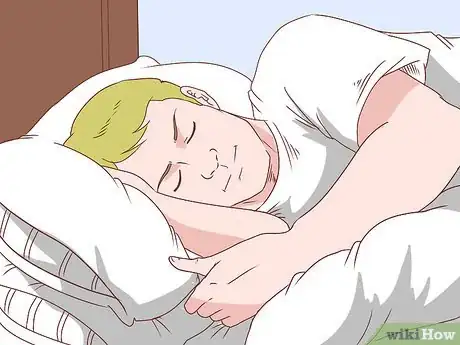

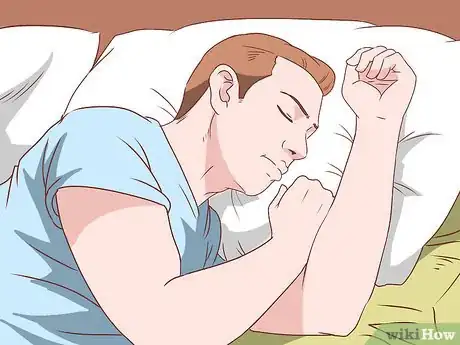



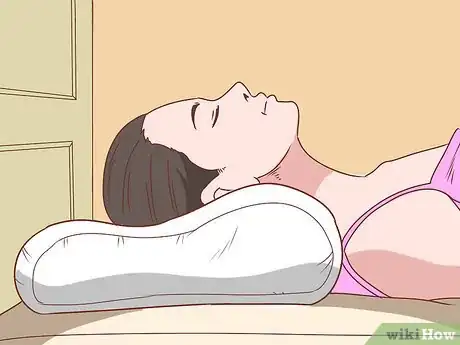
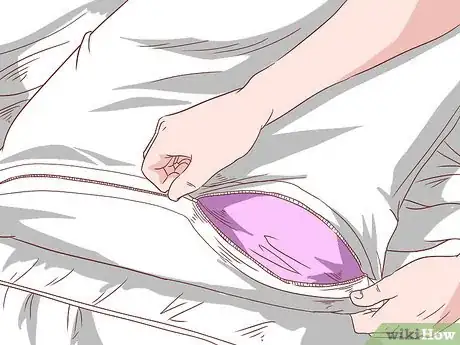
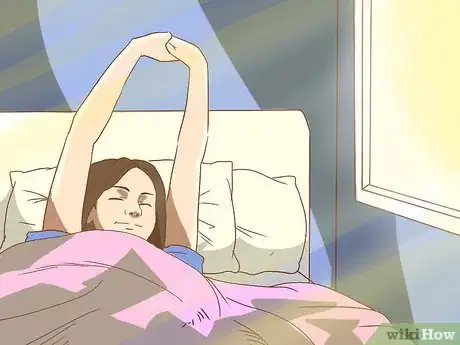
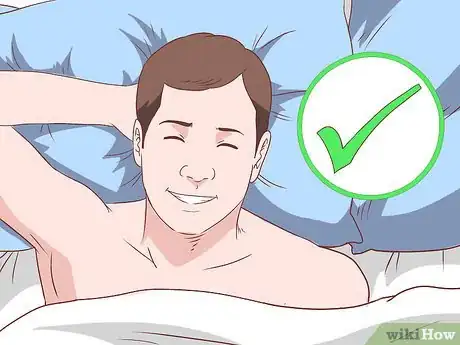






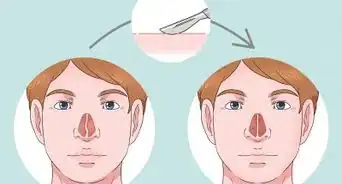
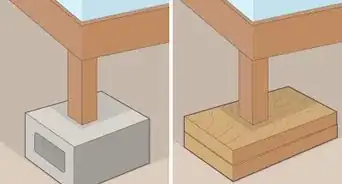



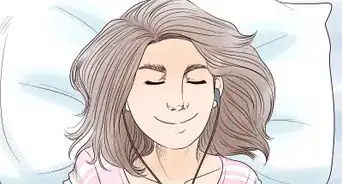
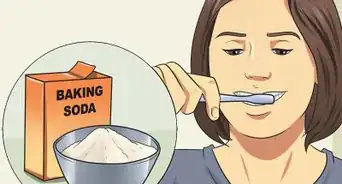

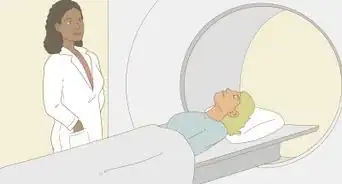







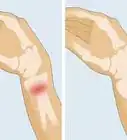


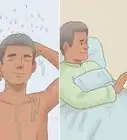



































Medical Disclaimer
The content of this article is not intended to be a substitute for professional medical advice, examination, diagnosis, or treatment. You should always contact your doctor or other qualified healthcare professional before starting, changing, or stopping any kind of health treatment.
Read More...